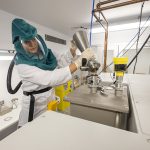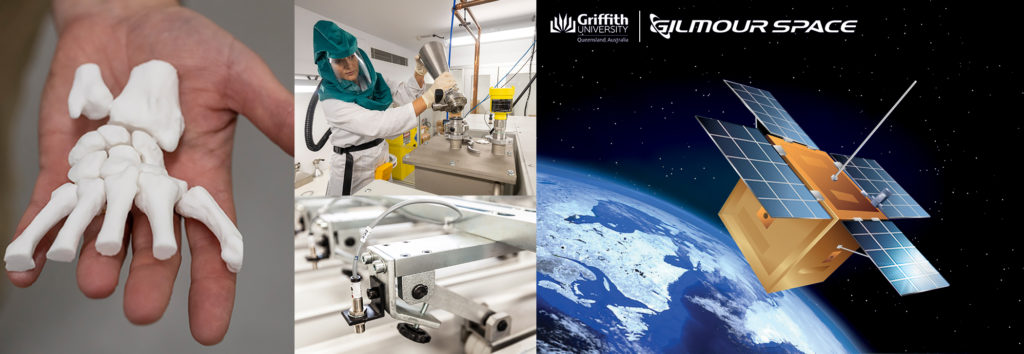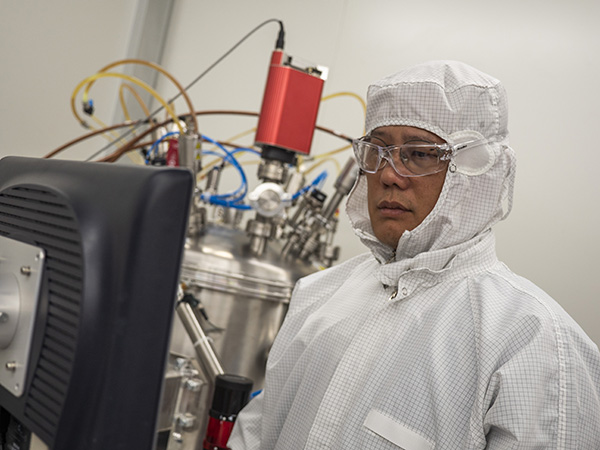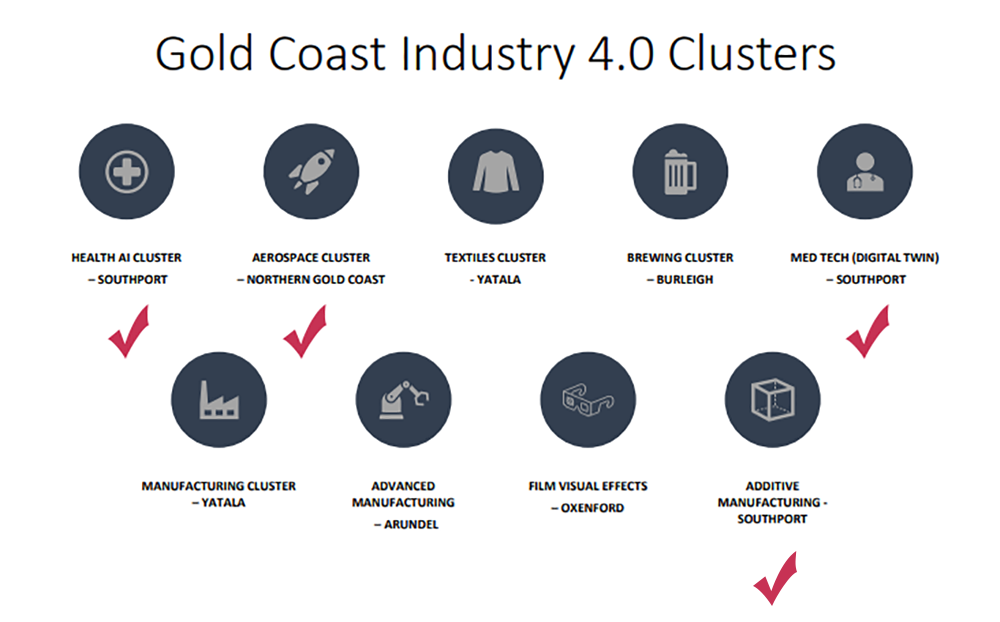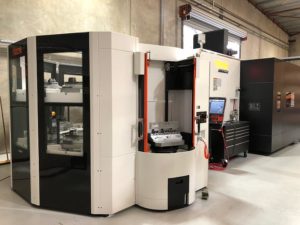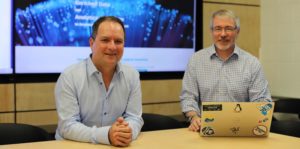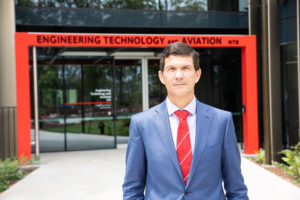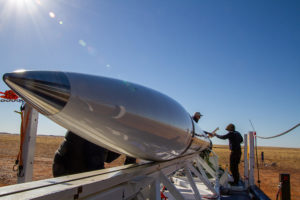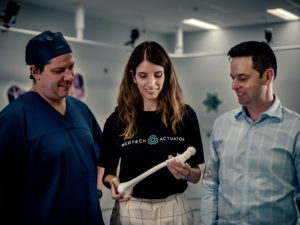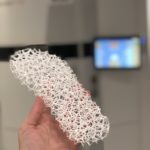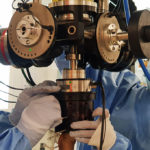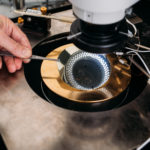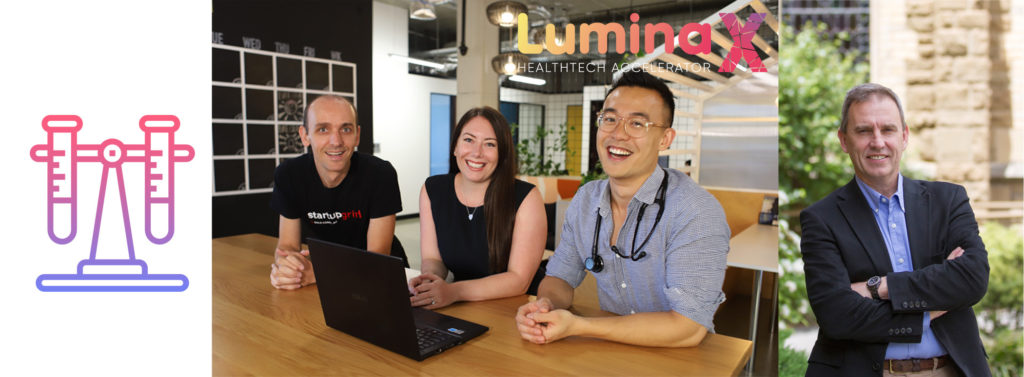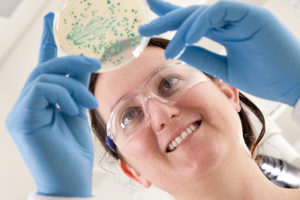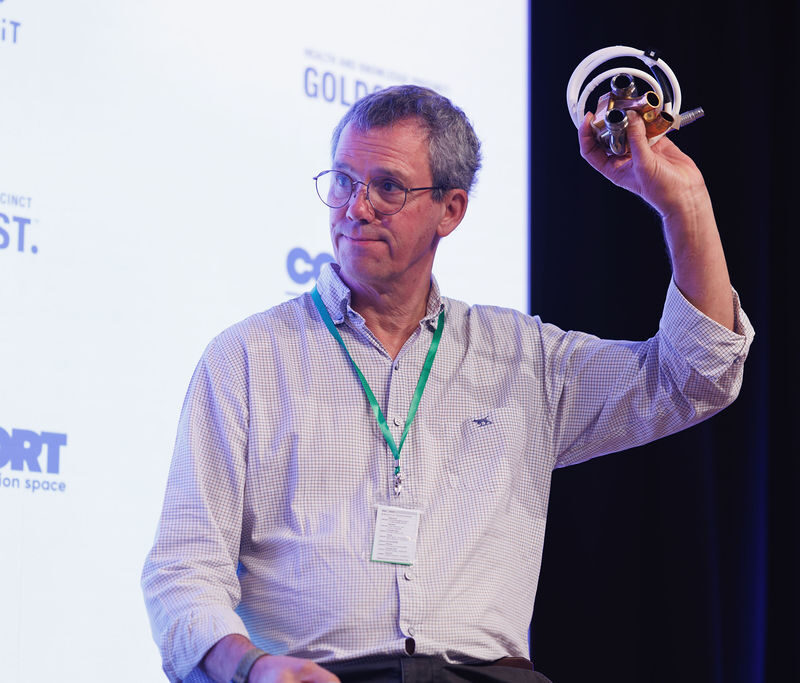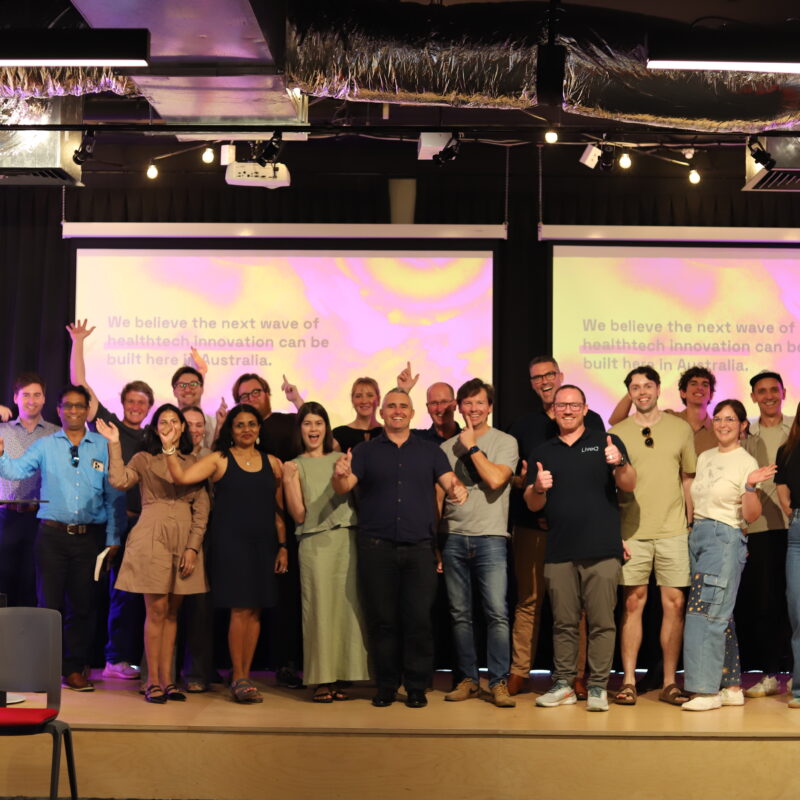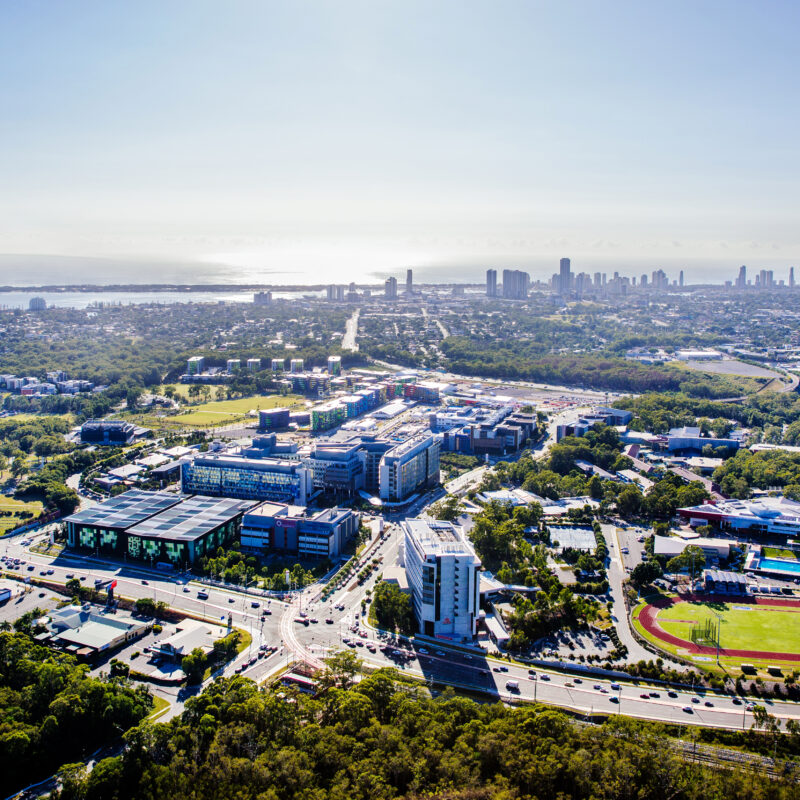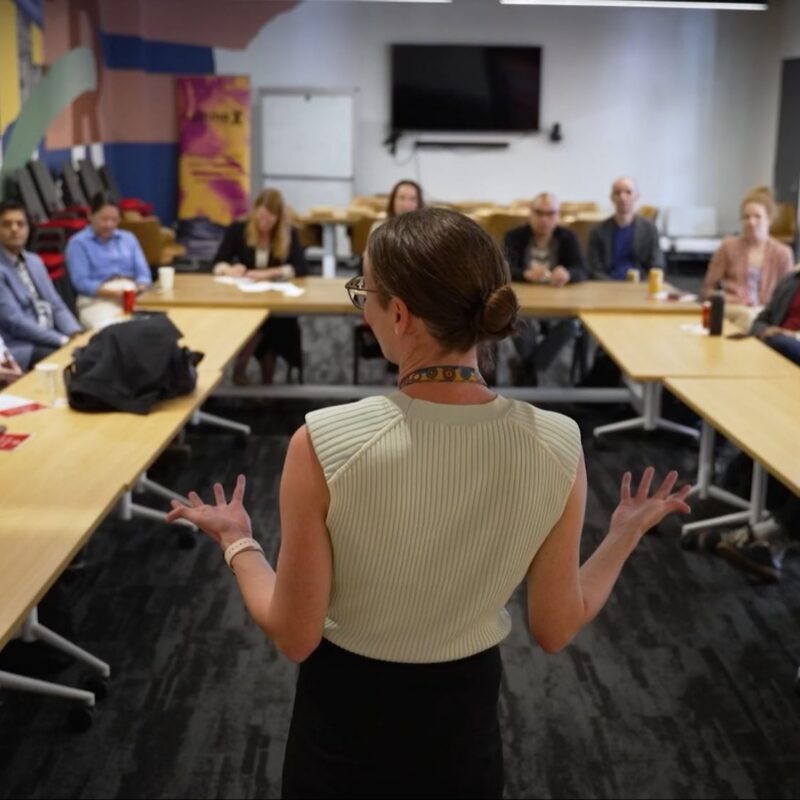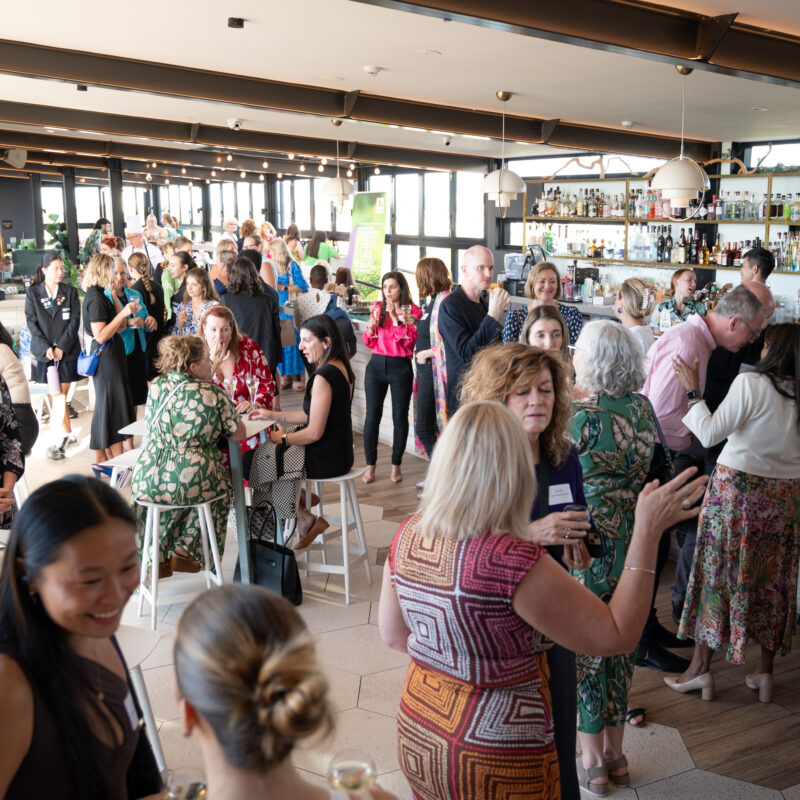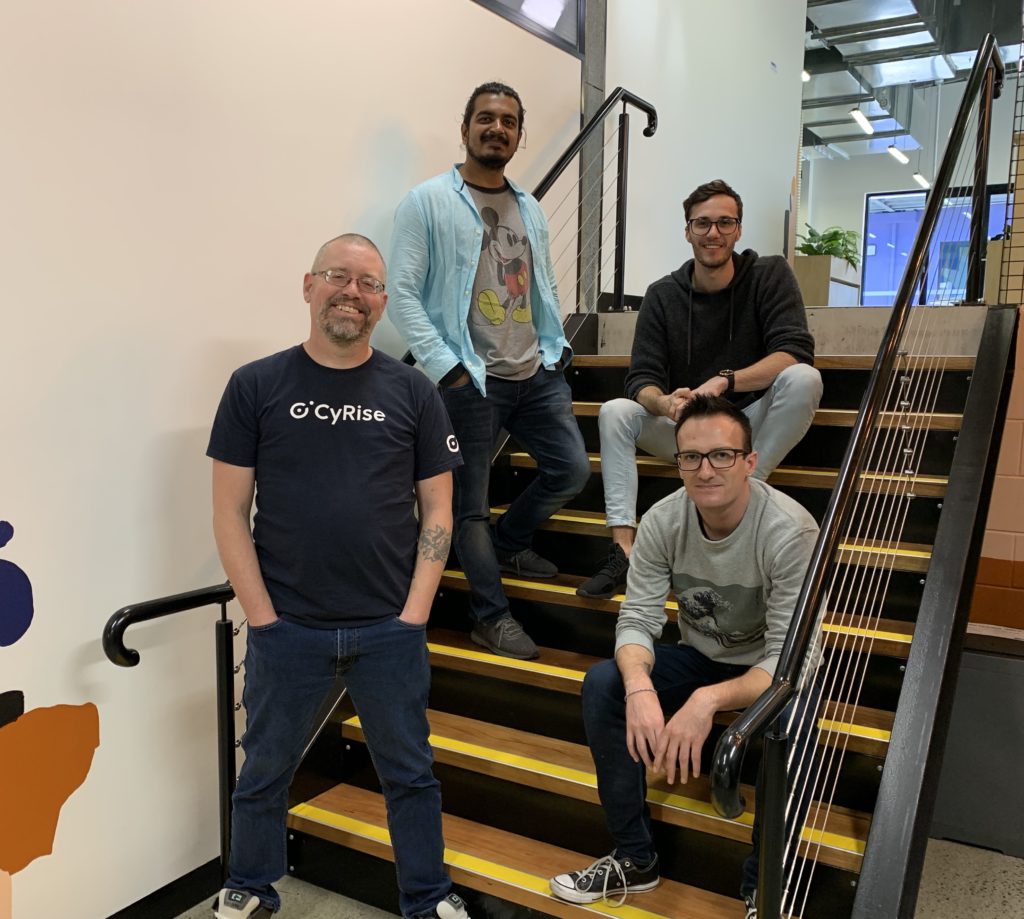
In the midst of a pandemic and heightening geopolitical tensions, cybersecurity has never been more important and Precinct start-up Securestack is in the thick of the action – recognised in Forbes Magazine’s 2021 list of Top 20 cybersecurity start-ups.
The Cohort-based business is partnering with leading Australian cyber security company Cybermerc, in a collaboration that includes the Australian National University, to deploy a world-first threat sharing platform AUSHIELD Defend, backed by the federally funded Australian Cyber Security Growth Network (AustCyber).
Originally from Detroit, and then the Rocky Mountains of the United States, Securetack founder and Chief Technology Oficer (CTO) Paul McCarty landed on the Gold Coast in 2016 courtesy of his Australian wife, having initially running his own computer business and then spending 15 years in various network and platform administration and security engineering roles in Utah.
When he arrived in Australia cybersecurity was of course being taken seriously, but threat levels have certainly elevated since, and in 2021 the imperative is sovereign security.
In their Annual Cyber Threat Report, the Australian Cyber Security Centre reported a 70% rise in cyber security incidents between March and April 2020, amid escalating international tensions and the switch to a work-from-home model, due to COVID-19.
“In this environment, more than ever, we need to be able to gather intelligence and identify threats specific to Australia without reliance on intelligence that is sourced globally,” explains Paul.
“This is how AUSHIELD DEFEND works to allow Australian companies and universities to collaborate on intelligence – we have built secure but transient environments, powered by Securestack technology, in a tiered approach that allows information to be shared safely.”

On his Linkedin page the founder describes himself as obsessed with automation, in love with the Linux operating system, keen on building cool stuff in the Cloud, and thinking all day about how to make applications run better, faster and cheaper using ‘containers’ – in short he’s the security expert that developers flock to work with because he knows software.
“Our tagline for Securestack is ‘a security platform built by developers, for developers’, and that’s pretty much what we do so that they don’t have to be security experts,” Paul enthuses.
In the vernacular that is computer-speak to those outside the industry, Paul extols the virtues of an approach to building automated cloud security via discreet pieces of automation that can be ‘stacked’ together to protect different web-based applications, regardless of the cloud server provider – hence the company name.
It is a build once, deploy anywhere technology, appropriately called ‘Cloudbuilder’ and is ‘hardened’ to CIS Level 1 specifications.
Their first product, the creatively named ‘Bloodhound’, is a tool to ‘sniff out vulnerabilities’, enabling software developers to have visibility of issues as they arise during development, effectively diagnosing problems, producing fixes and automating solutions, as opposed to tacking security on afterwards.
Bloodhound was built using 100% proprietary knowledge, but Paul is a fan of collaboration as a vehicle for innovation, with AUSSHIELD DEFEND as a model for opening up opportunities for SME’s to do cybersecurity and other business with government and large organisations.
“For example, NBN Co can only procure from six large organisations – sometimes the emphasis on sovereign supply chains should be reframed to support small local businesses through a more even playing field, rather than big companies with an Australian branch office.,” Paul says.
Paul has found the collaborative environment at Cohort as good for business and has enjoyed the camaraderie.
“The Founders Program in particular has been really valuable, and I’m always inspired to hear from other innovators,” he says.
Paul is also inspired by Australia’s first unicorn, digital graphics company Canva, with his approach to scaling up about building and providing value, more than earning customers.
And his version of success in 5 years?
“Having exited the company because we’ve been bought out by Microsoft or Google – who knows we may be able to build our own building for start-ups here in the Precinct.”

